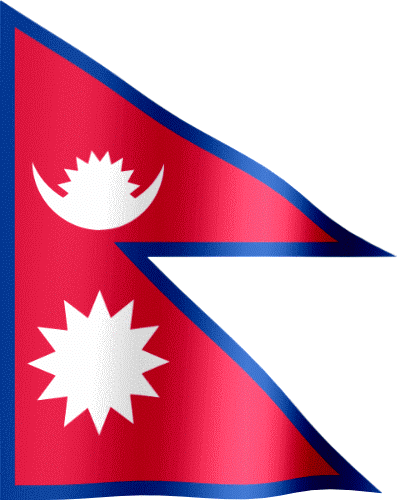The Himalayas are divided into three categories: the Greater or Upper Himalayas (which have the highest mountains on earth with altitudes 6100m and above), the Lesser or Lower Himalayas (which have mountains with altitudes from 3700m to 4500m), and the Outer or Sub-Himalayas (peaks generally lie in the range of 900m to 1200 m). The Himalayas spread across Bhutan, India, Nepal, China and Pakistan in an arc of approximately 2500 km with a width varying from approx. 150 km to 400 km as it goes from east to west. Thus, it is not difficult to imagine that there is no dearth of versatile trekking and peak climbing tours in these lofty mountains.
In the whole Indian Subcontinent, India acts as a one-stop destination for peak climbing of all levels, boasting varying altitude and degree of strenuosness. So, welcome to some of the most physically and mentally enduring peak climbing expeditions in India. Expect to see the awe-inspiring patterns of mountains and snow in brown and white, foliage which is mostly green but occasionally multicoloured and which becomes more and more scanty as the altitude increases, and chance glimpses of wildlife.
While peak climbing in India, states like Uttarakhand, Himachal Pradesh, Jammu and Kashmir take mountaineers into some unforgettable moments of isolation, sweetened by the deep satisfaction of being victorious in the challenges so conspicuously thrown in their way by Nature. Peaks like Shivlinga, Mt. Nanda Devi East, Satopanth, Kamet, the Bhagirathi group of peaks, Banderpunch, Chaukhamba, Kedar Dome, Trishul, Deo Tibba, Indrasan, Kharcha Parbat, Frey Peak, Dom Khang, Dom Khang, Nun Kun, Kang Yatse, Padmanabha and Tughmo Zarpo are ready to welcome tough-road-takers eagerly.

